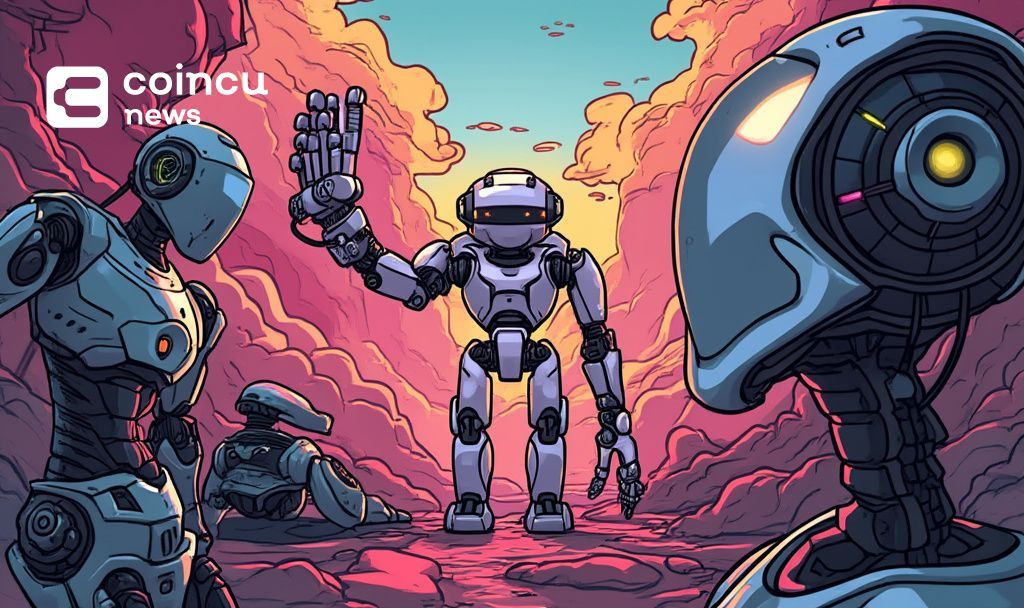- Newton physics engine collaboration announced by Nvidia, Google DeepMind, and Disney Research.
- Enhances robotics with 70x-100x acceleration in simulations.
- Open-source release expected in late 2025 for wide adoption.

Nvidia CEO Jensen Huang announced a partnership with Google DeepMind and Disney Research to develop an advanced physics engine for robotics on March 18, 2025, at GTC in Silicon Valley. The collaboration seeks to advance robot training and emphasize the strengthening of ties between leading tech firms and the robotics industry.
The Newton physics engine, co-developed by Nvidia, Google DeepMind, and Disney Research, aims to revolutionize robotics simulation. The project utilizes Nvidia’s Warp framework and incorporates Google’s MuJoCo-Warp to significantly enhance performance. Scheduled as open source, Newton is expected to accelerate humanoid simulations by over 70 times and in-hand manipulation tasks by 100 times.
Immediate changes from this development include the integration of Newton into Nvidia’s ISAAC simulator, with plans to showcase Disney’s robots using the tech by 2026. This highlights a substantial leap in robotics’ precision and expressive capabilities. Developed on Nvidia’s existing infrastructure, the engine promises a scalable simulation environment optimized for AI-driven tasks.
Industry reaction has been positive, noted by Kyle Laughlin of Disney, stating Newton will help create more expressive robots. Jensen Huang, CEO of Nvidia, remarked, “the physics engine is designed to help developers simulate how robots interact with the natural world, which can sometimes be a challenge for robotics developers.”
Massive Leap in Robot-Human Interaction Capabilities Expected by 2025
Did you know? The collaboration marks a first in robotics where a physics engine offers 100x acceleration in manipulation tasks, bridging the gap between simulation and real-world applications.
Historically, robotics simulations have faced constraints in performance and scalability, limiting real-world applications. By leveraging CUDA-based frameworks, Nvidia aims for significant improvement in simulation fidelity. Disney’s implementation points to enhanced entertainment robotics, while Nvidia’s technological contribution suggests increased industry adoption.
Potential outcomes of Newton include enhanced robotics development cycles and broader applications in sectors such as entertainment, manufacturing, and research. With the release planned for late 2025, robotics developers are poised to benefit from a greener and more innovative open-source tool aimed at solving existing challenges in robot-human interaction capabilities.
Source: https://coincu.com/338405-nvidia-physics-engine-robotics-partnership/